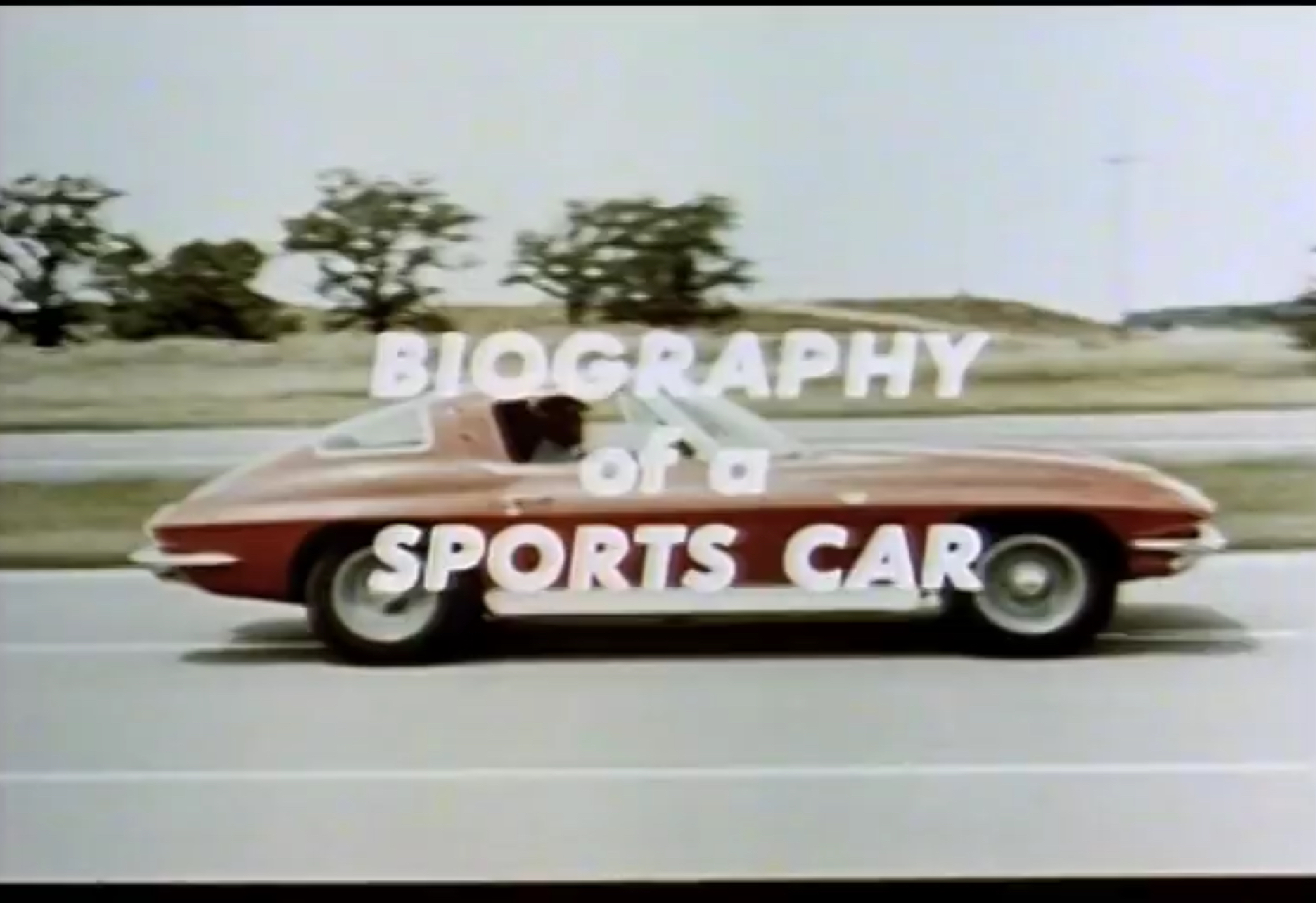In 1963, General Motors was preparing to unveil a transformation unlike anything seen before—the birth of the Corvette Stingray. More than just a redesign, this was a revolution, a sports car that would set new standards in design, engineering, and performance. The short film produced by GM to promote the Stingray was a testament to the brand’s vision, tracing the Corvette’s history and showcasing the exhilarating new model in its element—on the track, in testing, and under the guidance of racing legend Zora Arkus-Duntov.
The Evolution of American Performance
The Corvette’s journey began in 1953 as America’s answer to the growing popularity of European sports cars. Road racing was quickly becoming an international phenomenon, with names like Ferrari, Porsche, Austin-Healey, and Alfa Romeo dominating the scene. But in the U.S., the emphasis remained on speed, with oval track racing taking center stage. That was, until the Corvette arrived, a vehicle designed to bring the European road-racing spirit to American streets.

From its inception, the Corvette was more than just a stylish cruiser—it was a performance machine, evolving year after year through careful refinements. But by the early 1960s, it was time for something radical. GM’s designers and engineers were given the freedom to create a completely new sports car from the ground up. The result? The 1963 Corvette Stingray, an automotive masterpiece.
A Revolution in Design
The development of the Stingray took place at the General Motors Technical Center, where designers worked with a clear mission: to craft something that looked as fast as it drove. They envisioned a sleek, aerodynamic coupe with a fastback roofline, and a convertible that carried the same aggressive stance.
Prototyping was meticulous. Beginning with a one-piece fiberglass underbody, each prototype took shape on a precisely leveled surface plate. Designers employed a steel framework known as the “birdcage” to reinforce the passenger compartment. Fiberglass body panels were carefully hand-laid in plaster molds, bonded, and assembled like an intricate puzzle. The result was a structure that was not only lightweight but remarkably rigid, ensuring superior handling and performance.
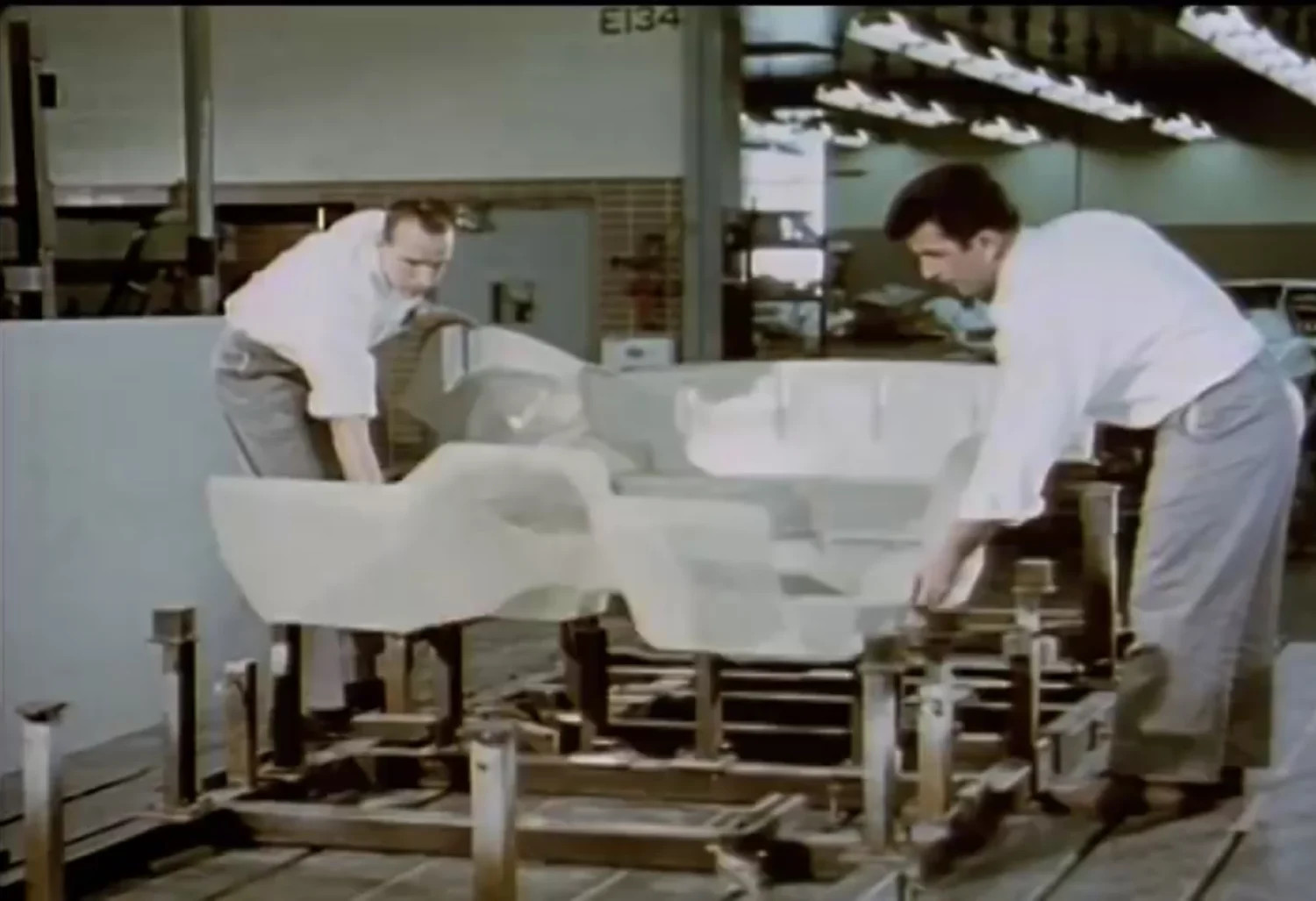
The Stingray’s hoodline was long and low, with concealed headlights to maintain its smooth, uninterrupted flow. Even the doors were crafted for easy entry, wrapping into the roof panel to maximize access. Inside, the car boasted a redesigned dashboard with instruments intuitively placed for the driver’s convenience, reinforcing the Corvette’s focus on driving experience.
Engineering Breakthroughs
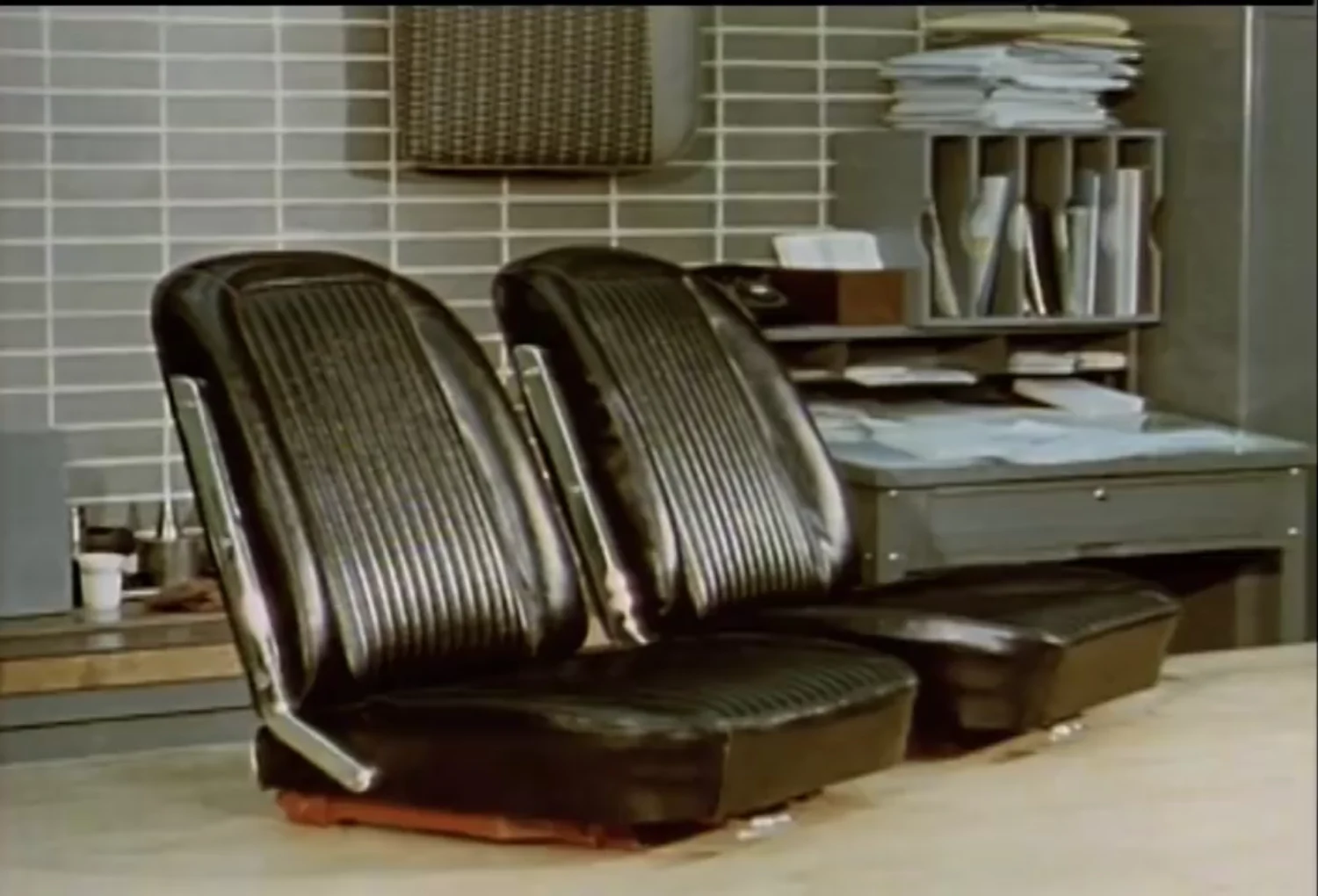
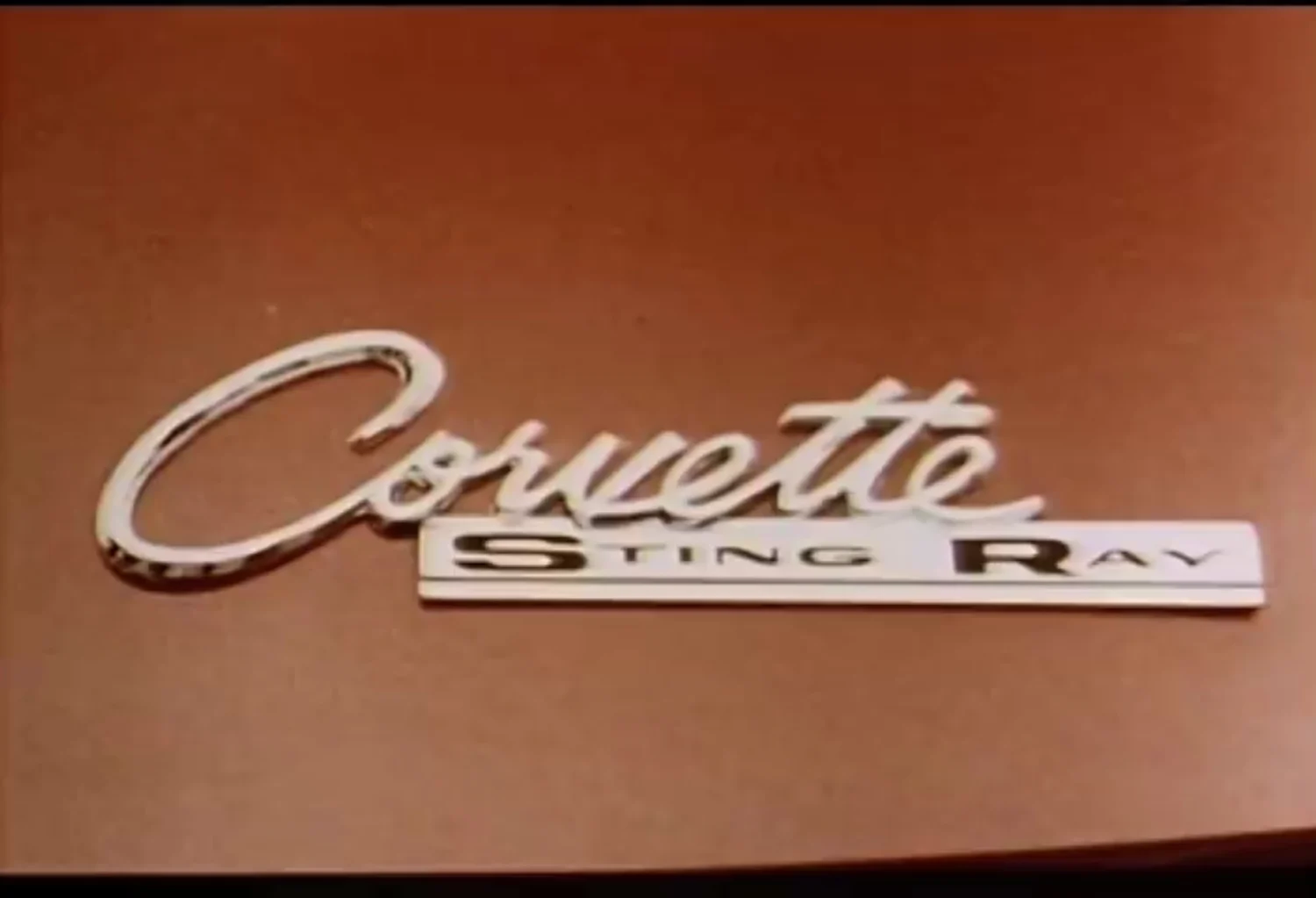
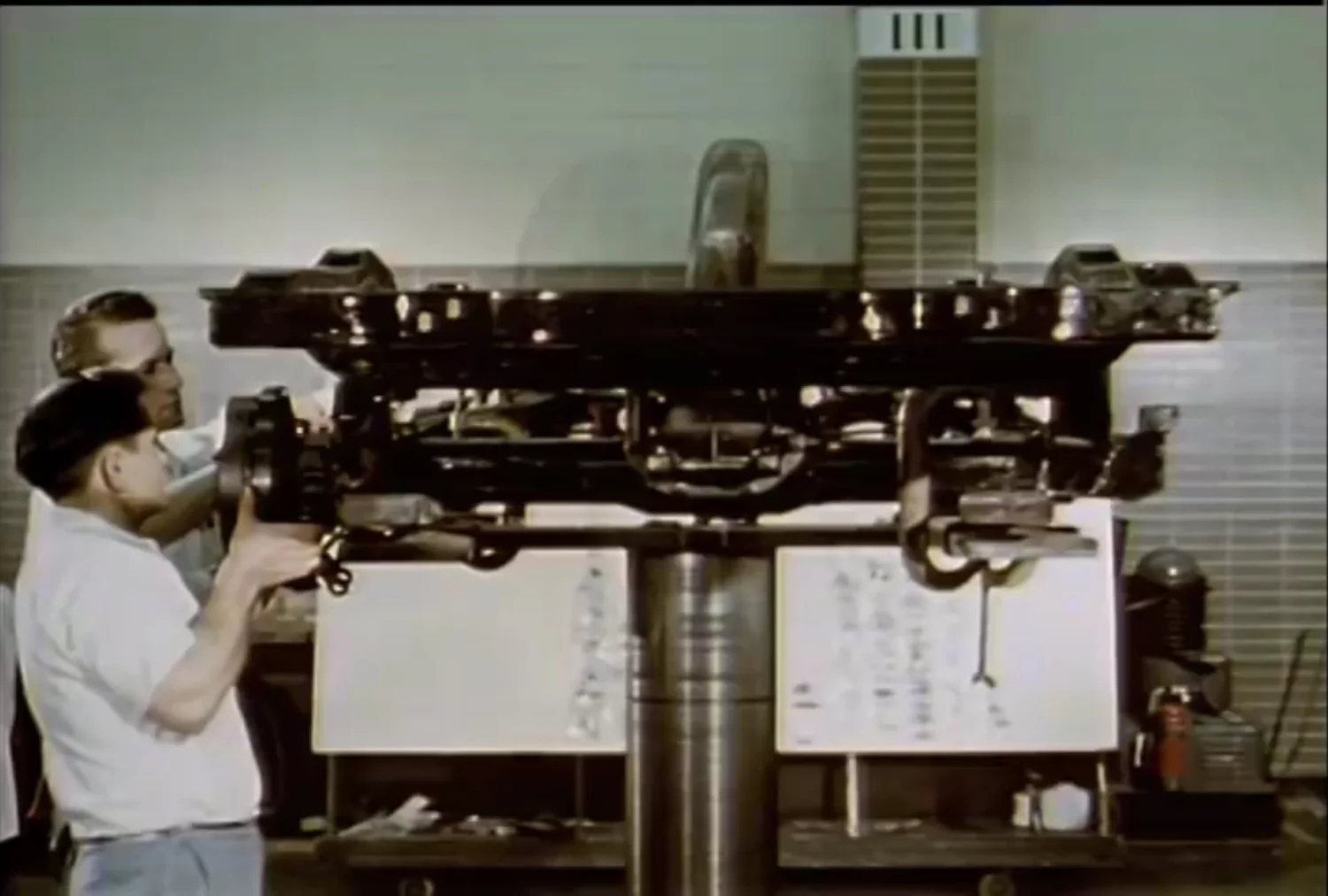
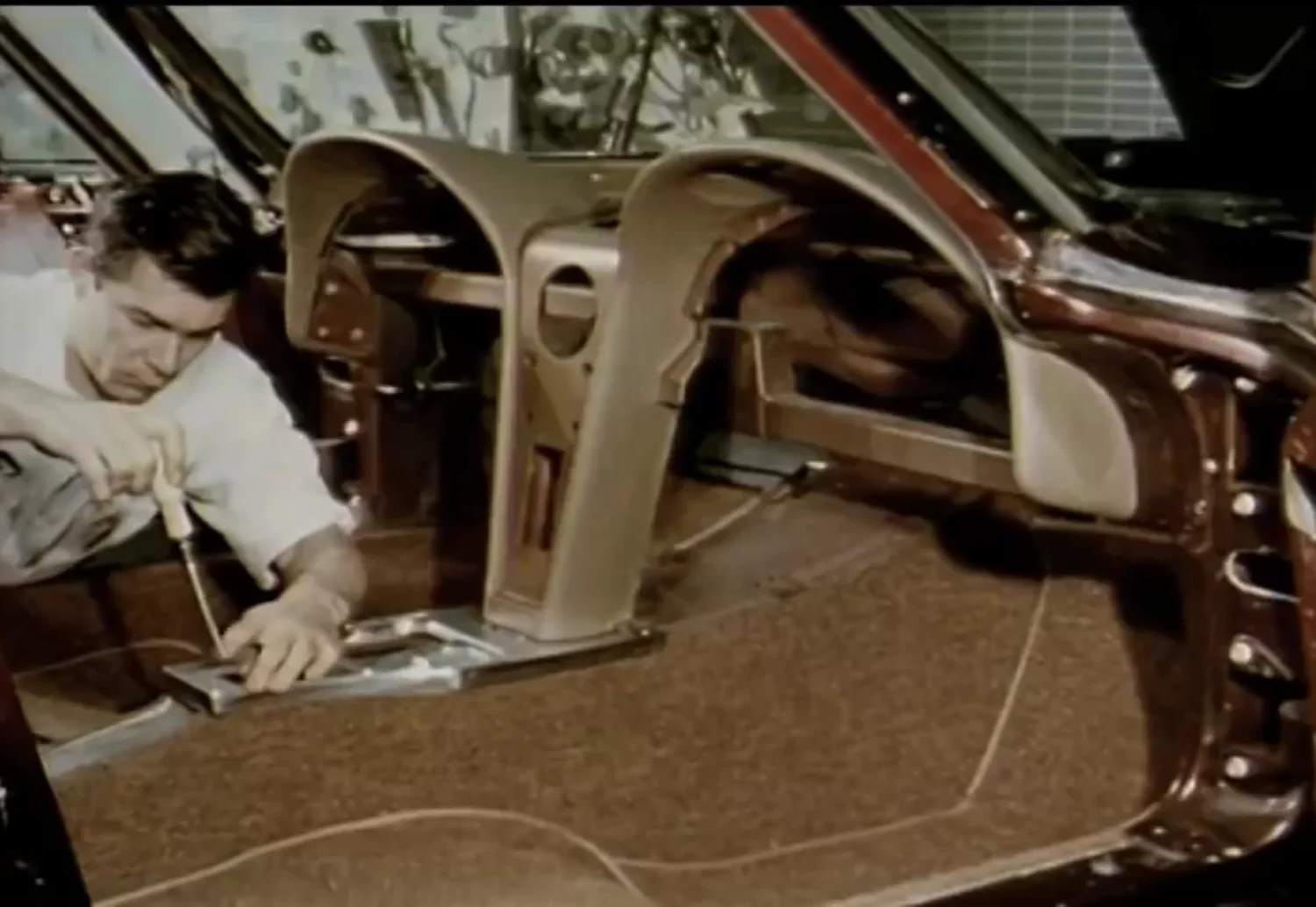
Beneath its striking exterior, the 1963 Corvette introduced an all-new chassis and suspension system. Unlike previous models, this new iteration featured a shorter, more rigid frame, spanning a 98-inch wheelbase. A key advancement was the introduction of an independent rear suspension system, designed to enhance stability and road handling, whether on a high-speed straightaway or a winding backroad.
The engineering brilliance extended to the car’s weight distribution. Unlike most front-engine sports cars of the era, the Corvette carried over 50% of its weight on the rear wheels, improving traction and cornering performance. Combined with a fully independent front coil spring suspension and a responsive steering system, the Stingray offered unparalleled driving dynamics.
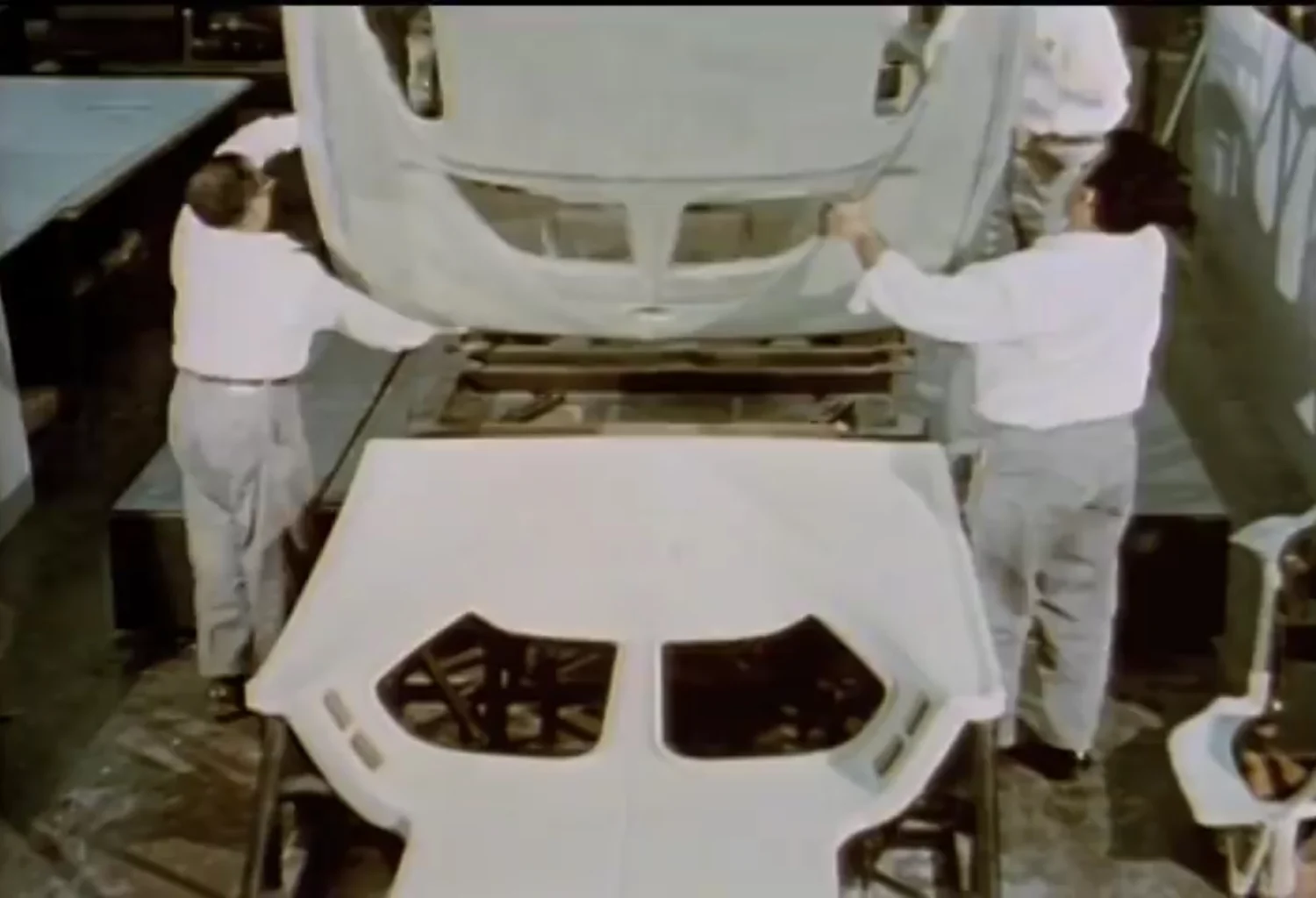
The Stingray Hits the Road
Once prototypes were completed, the real test began. The Stingray underwent rigorous evaluation at the General Motors Proving Grounds, where it was pushed to its limits by engineers and racing professionals, including Zora Arkus-Duntov. Renowned Corvette drivers Dr. Dick Thompson and Dave MacDonald joined the process, providing feedback on acceleration, handling, and driver comfort.
The verdict? The 1963 Corvette was unlike anything before it. Thompson noted its improved balance and traction, making it easier for both professional racers and everyday drivers to control in all conditions. MacDonald praised the redesigned dashboard, which allowed for quick and easy access to vital driving information. Even Arkus-Duntov himself, the visionary behind the Corvette’s high-performance philosophy, was satisfied—the Stingray was the ultimate evolution of America’s sports car.
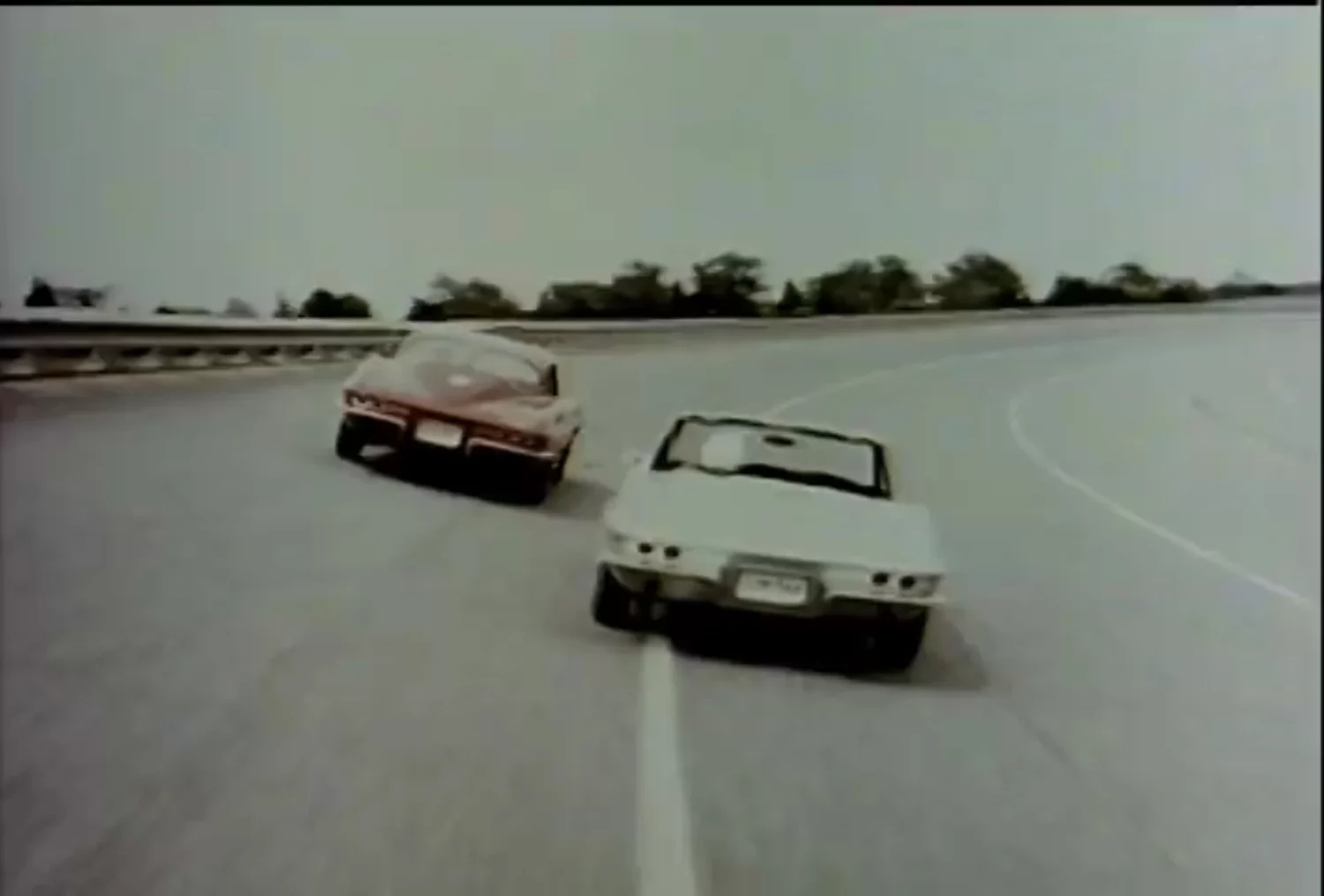
A Decade in the Making
The 1963 Corvette Stingray was not just a new model; it was the culmination of a decade of learning, refining, and pushing the limits of sports car design. With its bold aesthetics, groundbreaking engineering, and performance that rivaled the best Europe had to offer, the Stingray redefined what an American sports car could be.
It was, as GM put it, a sports car with a European heritage but an American biography—a machine built from lessons learned on the track, perfected in the wind tunnel, and crafted by engineers who understood the thrill of driving. And for Corvette enthusiasts, it was the beginning of a new era—one that would shape the future of American performance cars for generations to come.
King Rose Archives
King Rose Archives is a portal to 20th-century nostalgia, featuring rare footage, documentaries, and unique content collected over decades by the late filmmaker Michael Rose. With a passion for historical storytelling, the channel dives deep into cars, culture, politics, and Americana, offering a captivating look back in time.
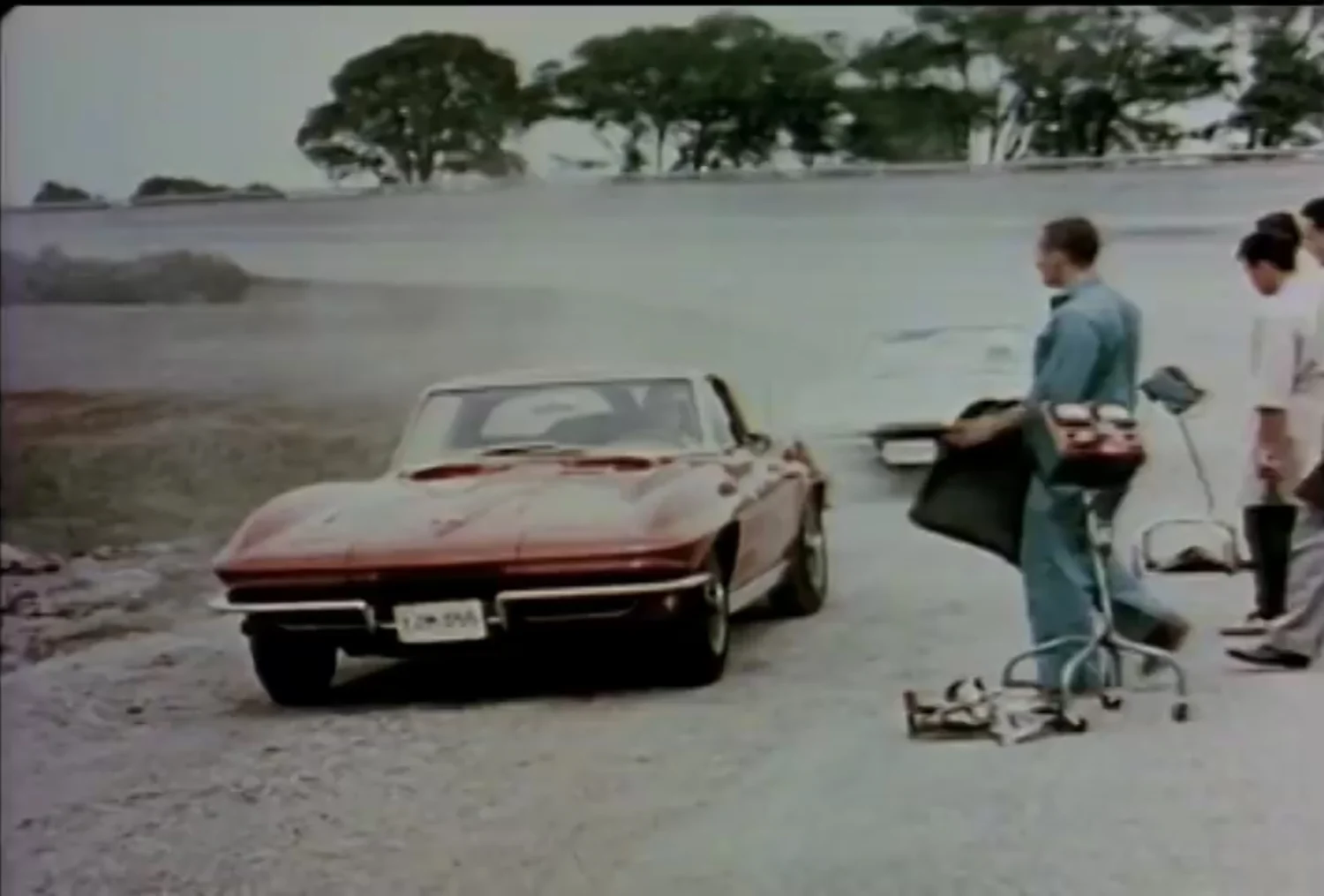
Explore more at kingrosearchives.com and follow on YouTube for more extraordinary content:
- YouTube: youtube.com/@KingRoseArchives
